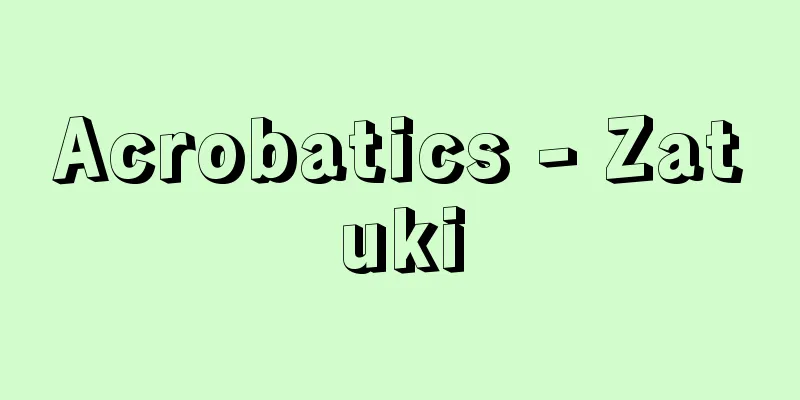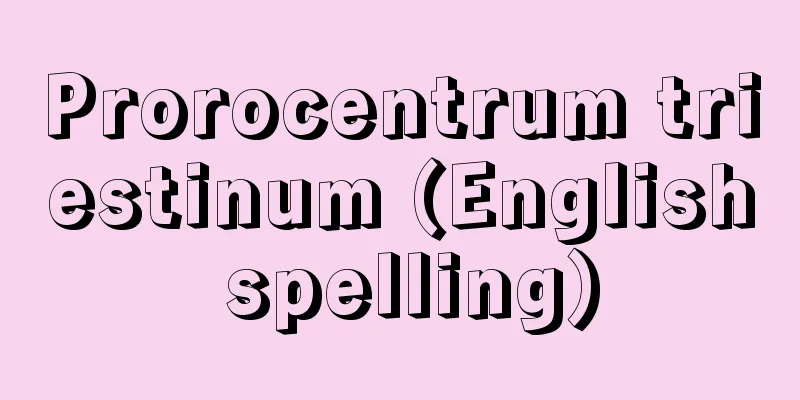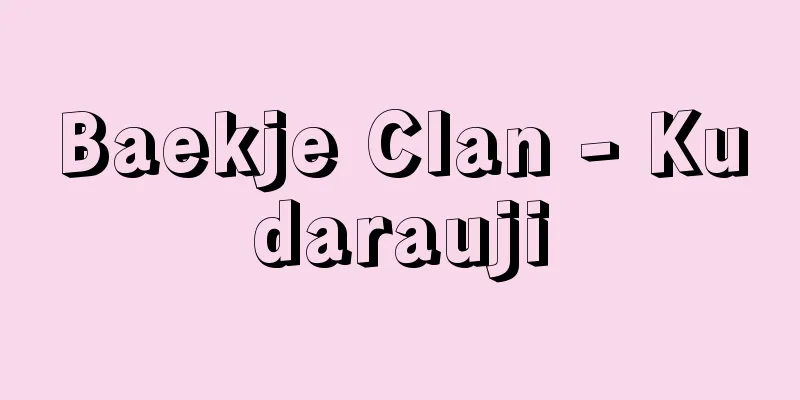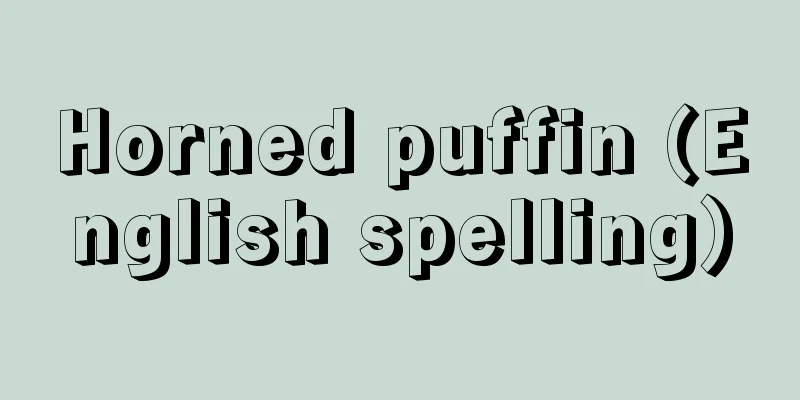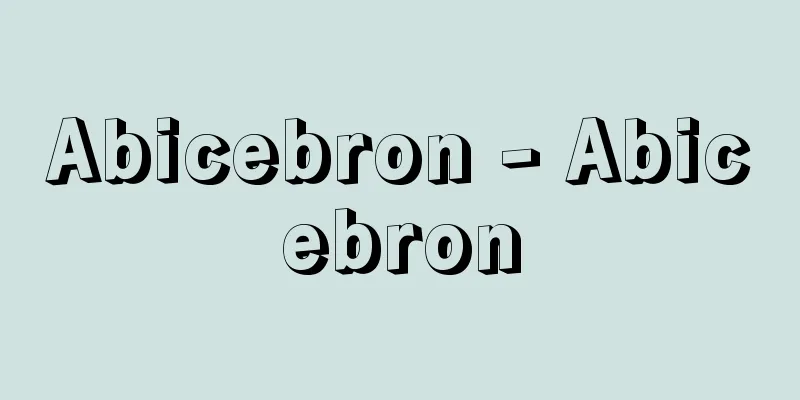Song Story - Utamonogatari
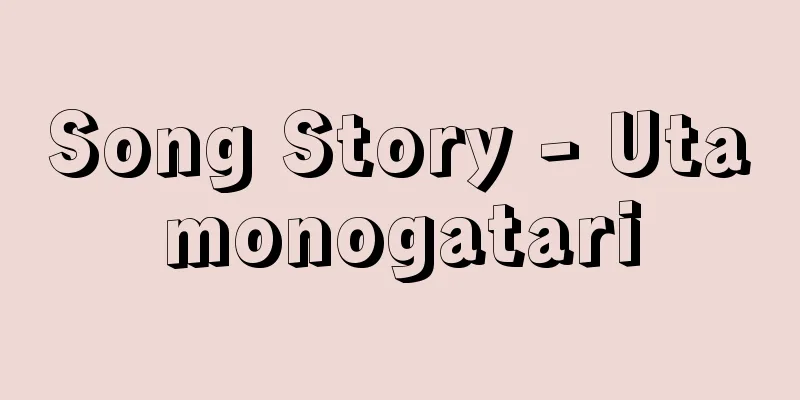
|
An important form of narrative literature, short stories centered on waka poems, or collections of such stories. These were produced intensively in the 10th century during the Heian period, and representative works include "Ise Monogatari," "Yamato Monogatari," and "Heichu Monogatari." Since ancient times, there has been something called "uta-gatari," which is an oral tradition of telling the author and circumstances of waka poems. Especially after the revival of waka poems in the mid-9th century, there was a deep interest in the circumstances under which real people's waka poems were composed, and this began to be told as "uta-gatari" in court society. Uta-monogatari refines this "uta-gatari" into a story, and attempts to tell the story of the emotions of the characters in the story that compel them to compose poems. However, the relationship between the poem and the content of the story is not necessarily the same; in some cases the poem itself is the theme, and in other cases the focus is on the content of the story itself. The method of storytelling with songs has deep roots, dating back to the ancient Kojiki and Nihonshoki songs. The first story, "The Tale of the Bamboo Cutter," from the early 10th century, is not a song story but a fictional tale, but it also contains songs. Although utamonogatari itself is limited to the 10th century, the methods unique to utamonogatari, such as the emotions that make it necessary to compose poems and the tense relationship between prose and poems, were passed down to The Tale of Genji and other stories from the 11th century onwards. [Hideo Suzuki] "Utamonogatari and its Surroundings" by Toshiko Abe (1969, Kazama Shobo) Source: Shogakukan Encyclopedia Nipponica About Encyclopedia Nipponica Information | Legend |
|
物語文学の重要な一形態で、和歌を中心とする短い物語、またはそれらを集めた物語集。これは平安時代の10世紀に集中的に制作され、『伊勢(いせ)物語』『大和(やまと)物語』『平中(へいちゅう)物語』がその代表的な作品である。古くから、和歌についてその作者や作歌事情などを口頭で語り伝える「歌語り」と称せられるものがあったらしいが、とくに9世紀なかばの和歌再興期以後、実在の人物の和歌がどのような事情で詠まれたかに深い関心が寄せられ、それが宮廷社会で「歌語り」として語られるようになった。歌物語はそうした「歌語り」を物語として洗練させながら、作中人物の、歌を詠まざるをえない心情の経緯を語ろうとしている。しかし、歌と物語内容とのかかわり方はかならずしも同一でなく、歌そのものが主題を担う場合もあれば、話の内容自体に重点の置かれる場合もある。もとより歌を交えながら話を語るという方法は、その伝統を古代の記紀歌謡にまでさかのぼれるのであり、根が深い。10世紀初頭の、最初の物語と目される『竹取物語』は歌物語ではない作り物語であるが、それにも歌が含まれている。 歌物語自体は10世紀に限られるが、そこでの、歌を詠まざるをえない心情のあり方、散文と歌の緊張的なかかわり方などという歌物語固有の方法が、11世紀以後の『源氏物語』その他の物語に受け継がれていく。 [鈴木日出男] 『阿部俊子著『歌物語とその周辺』(1969・風間書房)』 出典 小学館 日本大百科全書(ニッポニカ)日本大百科全書(ニッポニカ)について 情報 | 凡例 |
>>: Utamakura Nayoro - Utamakura Nayoro
Recommend
Annandale shrimp - Annandale shrimp
… There are a huge number of species, ranging fro...
Tsurumi River
A river that flows through eastern Kanagawa Prefec...
Cocaine - English spelling: cocaine
An alkaloid found in the leaves of the coca plant...
Neckar [river] - Neckar
The Rhine is a tributary of the Upper Rhine. It or...
Arithmetica (English spelling)
…Little is known about his life. The known works ...
Phalaropus lobatus (English spelling)
…There are one genus and three species in the wor...
Barium mineral - Barium nut (English spelling)
A mineral that contains barium as its main chemica...
Fleischer, R.
…American animation brothers who brought popular ...
Gwala, M.
...The same can be said of writers such as Peter ...
urea adduct (English spelling) ureaadduct
...It is also used as an industrial chemical and ...
Antennarius tridens (English spelling)
…[Hibiya Kyo]. . . *Some of the terminology that ...
Yellow Operation
…The defeat in Norway prompted Britain's Cham...
Handguard - Tekkou
It covers the back of the hand and wrist and is a...
Ryomo region
The name of the region in the northwest of the Kan...
Railway signalling
Signals are installed on railways to protect trai...
